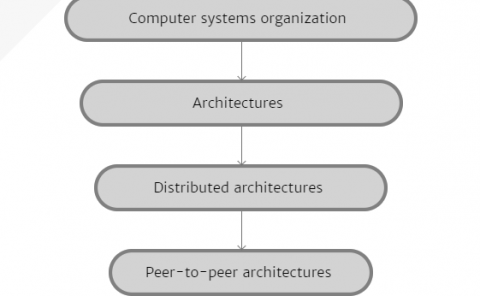Dual-Motor-Task of Catching and Throwing a Ball During Overground Walking in Virtual Reality
PubDate: June 2020
Teams: IIT Gandhinagar;Columbia University;IIT Delhi
Writers: Yogesh Singh ;Antonio Prado ;Dario Martelli;Fitsum E. Petros;Xupeng Ai ;Sudipto Mukherjee;Anil K. Lalwani;Vineet Vashista;Sunil K. Agrawal
PDF: Dual-Motor-Task of Catching and Throwing a Ball During Overground Walking in Virtual Reality

Abstract
Virtual Reality is a versatile platform to study human behavior in simulated environments and to develop interventions for functional rehabilitation. In this work, we designed a dual-task paradigm in a virtual environment where both tasks demand motor skills. Twenty-one healthy adults (mean age: 24.1 years) participated in this study. The experiment involved three conditions - normal overground walking, catch and throw a ball while standing, and catch and throw a ball while walking overground -all in the virtual environment. We investigated the dual-task gait characteristics and their correlations with outcomes from cognitive assessments. Results show that subjects walk conservatively with smaller stride lengths, larger stride widths and stride time while catching and throwing. However, they are able to throw the balls more accurately at the target and achieve higher scores. During the dual-task throw, we observed that the participants threw more balls during the stance phase of the gait when the foot was in the terminal stance and pre-swing region. During this region, the body has forward momentum. In addition, the changes in gait characteristics during dual-task throw correlate well with outcome measures in standardized cognitive tests. This study provides a new and engaging paradigm to analyze dual-motor-task cost in a virtual reality environment and it can be used as a basis to compare strategies adopted by different population groups with healthy young adults to execute coordinated motor tasks.


